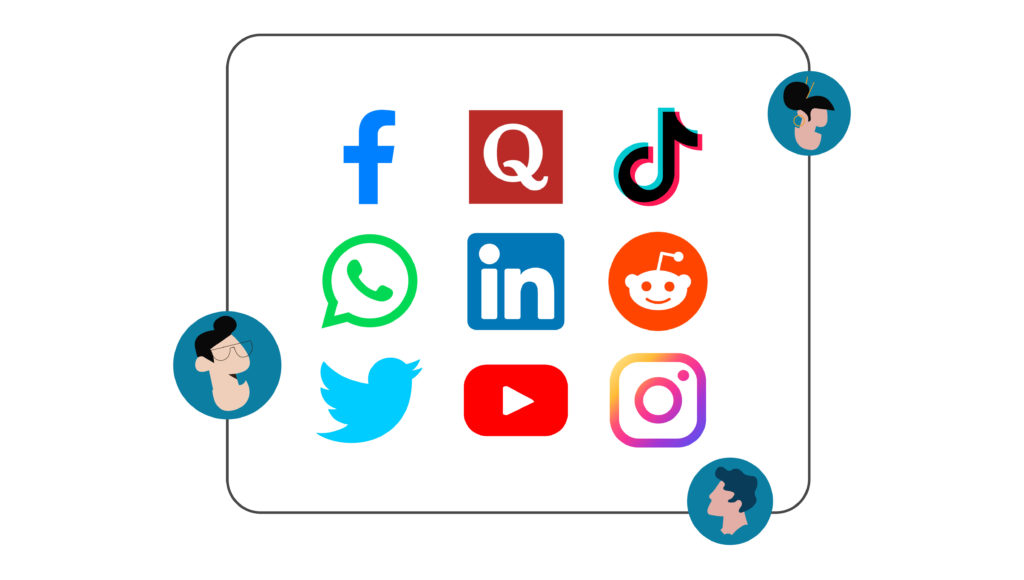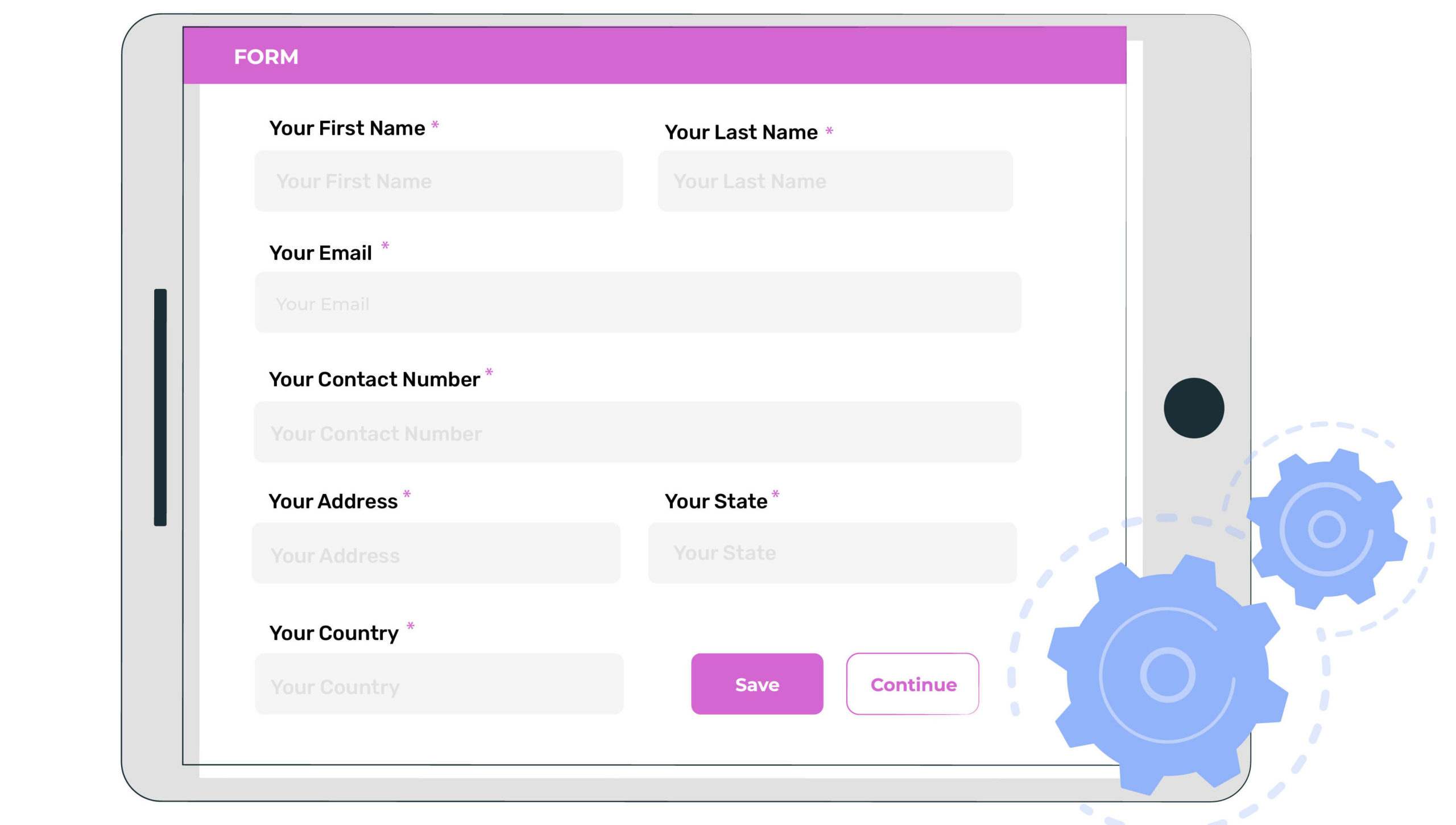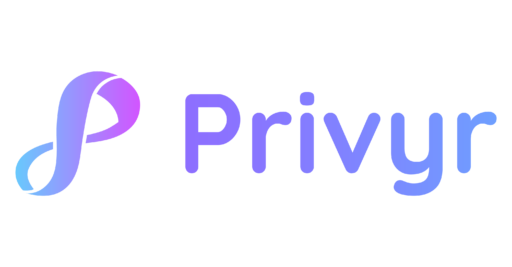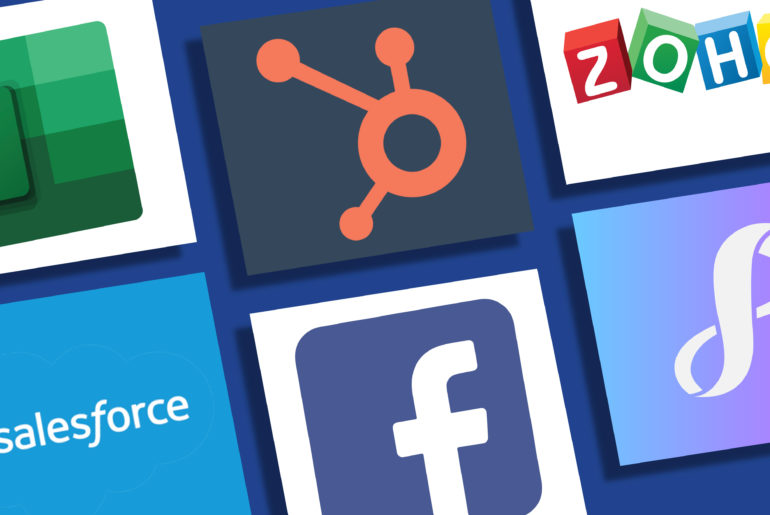Contents
Your potential higher education students – and their sponsors – are more likely to research on the internet than anywhere else when it comes to finding and choosing their preferred higher education institutions or universities. But the question is, how do you ensure they find your university and contact you?
Don’t worry! There are many ways to help you be visible in front of your prospective students and their sponsors even if you’re new to digital promotion and marketing. However, collecting your potential customer’s information and converting them into clients will require a well-thought-out plan. This is where your lead generation and conversion strategies are important.
In this article, we’ll explain everything you need to know about lead generation for higher education. Read on if you’re interested to explore tips on how to boost enrolment by generating leads for your higher education institution.
What is lead generation in education
Why is lead generation important for higher education and universities
Best lead generation strategies for higher education institutes
How to generate leads for educational institutes
Tips to generate higher education leads
Best platforms for generating education leads
Factors affecting lead generation for higher education
Conclusion
What is lead generation in education industry
Lead generation in education is all about identifying potential students and collecting their information so you can contact them later and enrol them in your courses. In simpler terms, it’s gathering information about people who may be interested in enrolling in the courses you offer.
Some popular strategies or techniques used for lead generation in higher education include:
- Using online platforms like social media, search engines, and educational websites to reach potential students.
- Running lead generation ads online.
- Use content marketing to create and share informative content about courses and career prospects to engage prospective students.
- Hosting recruitment events such as educational fairs and webinars.
- Collaborating with educational consultants and alumni for referrals.
- Using SEO and SEM Strategies to improve website visibility on search engines.
Why is lead generation important for higher education and universities
Higher education is a competitive landscape, and therefore, being visible to your ideal customers is quite important. Plus, you also need to communicate your services and build relationships with potential customers to gain a competitive edge. Generating leads is a great way to connect with your potential customers and build relationships.
Excellent lead generation strategies enable higher education institutes like yours to reach a broader yet targeted audience, increasing the visibility of your programs and distinguishing your unique offerings. This is essential for maintaining or increasing enrollment rates.
Here are some points that make continuous lead generation for higher education so important:
Improving enrollment: Generating leads help higher education institutes maintain and increase their enrollment numbers.
Gaining competitive advantage: Practical lead generation strategies can help attract more qualified applicants in a competitive education market.
Building relationships: By generating leads, universities have the opportunity to establish early relationships with prospective students, keeping themselves at the forefront of the students’ minds.
Allocating resources: Understanding where leads come from can help higher education institutions allocate their marketing and outreach resources more effectively.
Adapting to market trends: Lead generation activities can provide valuable data about what prospective students are looking for, enabling institutions to adapt their programs and marketing strategies accordingly.
Best Lead Generation Strategies for Higher Education Institutes and Universities
There are many different ways you can generate leads for higher education. Here are some common and effective ways to do it:
1. Leads Generation Ads
Advertising platforms like Google Ads, Facebook, TikTok, LinkedIn, and Instagram allow higher education to reach potential students through lead ads. You can run highly targeted ads based on age, location, interests, and search behaviours relevant to your higher education services. Furthermore, you can also run retargeting ads to re-engage users who have come into contact before but haven’t taken action.
2. SEO and Content Marketing
Search Engine Optimisation (SEO) is crucial to improve the visibility of a website in search engine results. While paid adverts can help your services appear in front of your audience, including on search engines, they are only there as long as you pay for the ads. SEO is a more long-term and sustainable strategy. The process involves creating quality, informative content that answers the common questions of the target audience, such as prospective students and their parents.
Keyword research is an important part of SEO. By researching keywords, you can understand what your potential customers are looking for in search engines. The next step is to create blog posts, articles, and keyword-driven web pages to address those queries so your content is visible whenever they make queries on search engines. This may include topics around course details, campus life, career opportunities post-graduation, and student experiences. Quality content is crucial for a website’s E-E-A-T and YMYL. By ensuring accuracy and reliability, you enhance credibility, which is essential for search engine visibility and user trust.
3. Event Marketing
Events can be great ways to generate leads offline. By organising or participating in educational fairs, webinars, and workshops, you can interact with prospective students directly. You can then offer them a first hand experience of what your institution offers. This brings a great opportunity to gather contact information of your leads for follow-up communications.
4. QR Code Marketing
QR code has become a convenient way to share information and redirect people to your web pages in recent years. You can place QR codes on brochures, posters, and digital platforms to direct prospective students to specific landing pages, such as application forms or detailed course information. With this method, you can blend offline marketing efforts with digital marketing efforts, making information access more interactive and convenient.
5. Optimising Website for Conversion
SEO helps your website be more visible on search engines. However, it shouldn’t be your only strategy to attract and generate leads. You should also optimise your website to convert visitors into leads. This can include adding pop-ups with course information requests and offering lead magnets like downloadable course brochures or career guides.
Here’s an article about The 5 best WordPress contact forms for collecting leads
6. Chatbots
By adding chatbots to your website, you can answer your visitor’s common queries about courses, syllabus, fees, and the admission process – even outside of working hours. These chatbots can also be programmed to ask for user details before providing detailed answers, thus generating leads while offering assistance.
7. Videos
Video is a powerful engagement tool you can use in different ways to generate leads. You can create videos for different purposes, including for paid lead ads about a specific course, student testimonials, virtual campus tours, day-in-the-life videos, etc. You can also use videos to answer frequently asked questions to give prospective students a more engaging and immersive understanding of the institution.
8. Email Marketing
Emails are traditional yet highly effective tools to generate leads. You can run email campaigns to target fresh leads, as well as individuals who have previously interacted with your institution’s lead forms, magnets or quizzes. Emails can also be a great way to nurture leads, as you can address their queries, remind them of application deadlines, or offer personalised advice – basically any activities that move them forward in their decision-making process.
9. Referrals
Referrals from your existing students to their network come with built-in trust and can be far more convincing than any advertisement or promotional material. Furthermore, leads generated with referrals have shorter sales cycles and better conversion rate. Therefore, referrals can be a great lead generation strategy. To generate leads via referrals, you may try encouraging your students to refer friends or acquaintances in exchange for benefits such as campus credits or discounts.
How to generate leads for educational institutes
Generating leads for higher education is pretty similar to generating leads for any other business, but you need to be very careful about the type of content you create and distribute. Since it’s a highly-responsible sector, exaggerated claims can damage your long-term reputation, while generic content will make you look like an amateur. Plus, student expectations change fast and have a wide range of options to choose from, and most of them only decide who to choose after careful considerations.
Here are the steps to generate education leads:
Step 1: Research your students
The first step to effective higher education lead generation is knowing your students. Without understanding your customers and their expectations and motivations, you can’t create content that makes them want to engage with you. You can research your prospective students by exploring what questions they ask on the internet and what kind of content they consume.
Step 2: Create a buyer persona
A buyer persona is a semi-fictional character that depicts your potential customer in an accurate manner. It’s also a great way to document your target audience. An effective buyer persona includes all the information about your students, including their interests, requirements, pain points, motivations, social preferences, and much more. You can use the information to create content that provides value to your target audience and boost your lead generation efforts.
Step 3: Craft the right message for your students
Content plays a crucial role in generating leads. Whether it’s a Facebook Lead Ad copy encouraging students to learn more about your higher education services or an article intended to help students make the right career decision, the effectiveness of your message makes or breaks the deal.
You can create the right content depending on how you want to reach your audience. If you want to reach and engage prospective students organically, you may want to create useful articles and posts that can be found through search engines. Alternatively, if it’s online advertising through which you’re looking to reach your audience, you may want to create engaging ads.
In all cases though, your message plays a crucial role in attracting the right lead. Additionally, you may not want to miss out on a few important pieces of information such as your location, the type of education services you provide and how you provide them – to attract quality leads.
Step 4: Pick a suitable strategy and distribute your content
Once you understand your target students and prepare a message for them, you’ll want to plan a perfect lead-generation strategy. You have to first be visible in front of your prospective students on platforms and portals they visit. Then, you have to convince them to engage with your ads or content and finally submit their interest.
Sound customer research will help you understand where you’ll find your potential customers. This way, you know where to publish your content. For instance, if your prospective students are regular social media users, you’ll want to create engaging content or run lead-generation ads such as Facebook Ads and TikTok Lead Generation Ads on social platforms. Conversely, if your visitors are more likely to search for their solutions on search engines, you’ll want to focus on organic messaging and Google Ad campaigns for lead generation.
There are different distribution channels on the internet, ranging from your own website to search engine results pages to social media platforms where you can publish content targeting your audience. There are paid and organic options too. You can choose a suitable option or even incorporate both depending on your higher education lead generation strategy and budget.
Paid options such as Facebook Lead Ads and Google Ads could be great for wider reach and fast lead generation. Whereas, organic methods such as search engine optimisation (SEO) and content marketing can be excellent long-term lead-generation solutions.
Step 5: Test, iterate, and improve
You’ll only know the outcome of a plan once you put it to the test. Therefore, testing several lead generation strategies is important for you to figure out which one suits you the best. This way, you can identify and decide your long-term strategy. However, you may also want to know how each method works before deciding. Organic ways take time to produce results, whereas paid options give you fast results and you can quickly know if they work for you or not.
Many factors affect the effectiveness of your lead generation campaigns. It includes your message, targeting, distribution channels, ad spending, and more. You should consider all these factors while testing your higher education lead generation strategies.
Tips to generate higher education leads
Here are some useful tips you may want to consider before generating higher education leads.
Understand your audience
There’s nothing worse than running a lead generation campaign that attracts wrong people. Therefore, understanding your audience is essential in running a targeted ad. Conduct market research to understand the behaviour and preferences of your target audience. This helps you tailor your messaging, channels, and ad settings accordingly. For instance, younger leads might be more responsive to social media outreach, while adult learners might prefer email communication or professional platforms like LinkedIn.
Use data-driven insights
While running lead generation campaigns, make sure it’s efficient and result driven. Always try to use analytics tools to track the performance of your campaigns. Analyse website traffic, conversion rates, and user behaviour and refine your strategies over time. Also, consider A/B testing different elements of your campaigns such as copy, design, and CTA so you know what works best.
Personalise communication
Personalisation can play a great role in increasing engagement and building trust. Addressing leads by their names and discussing their specific issues when reaching out not only builds trust but also makes the leads feel valued. Personalise your outreach as much as possible. While doing so, make sure to use the data you’ve collected while generating leads.
Use CRMs
A Customer Relationship Management (CRM) system can make your processes significantly more efficient by streamlining and automating complex manual steps. They can be really effective in segmenting audiences, automating communications, and providing insights into lead behaviours. This way you can manage leads and track communications better. There are many CRMs that cater to different needs. Therefore, do some research before you choose the right CRM for your specific needs. For instance, HubSpot can be a great CRM for marketing automation, whereas if you prefer running your sales process from your smartphone, you may consider using Privyr.
Build partnerships with relevant institutions
Partnerships can help you reach a wider audience. Establish online and offline partnerships with schools, educational consultants, alumni networks, and industry organisations. Join seminars, events, groups, and even career networks to capture potential students.
Best platforms for generating education leads

Several channels can help you generate higher education leads online. They range from your own website to ad networks to social media platforms. Some important platforms are as follows:
Social Media
Social media is one of the most effective platforms to generate higher education leads. As social media is more popular among the age group seeking higher education options, you can easily target them through social media activities and collect their information. The activities include organic content distribution and paid advertising campaigns.
Creating engaging social media posts and distributing it consistently across social media platforms can attract students and help you build your audience and followers in the long run. On the other hand, running social media ads, specifically for higher education lead generation can be effective to reach a wider audience and generating a greater number of qualified leads in a short period of time. Ads, such as Facebook Lead Ads and TikTok Lead Generation Ads are specifically built to collect leads.
Search Engines and Online Publishers
People look for a solution to their problems on search engines more than anywhere else. And interestingly, the younger generation is more into it. Therefore, search engines, especially Google, can be a great platform to generate higher education leads.
Additionally, there are many online publishers, such as Forbes, The Independent, The Atlantic, etc, that publish information, including career and education content, for millions of people every day. These sites are also great platforms to promote your content and generate education leads.
Ad networks, such as Google AdSense and Monumetric, can help distribute your ads and messaging across search engines and online publishers. They can be highly effective in targeting your audience and displaying ads to your potential students regardless of what platforms they visit or what kind of content they consume.
Your Business Website
Your website can be one of your greatest marketing tools if you put the right effort into it. It can help you promote your services in long term once you start creating and publishing quality content consistently. It can also be a highly effective tool for capturing new leads. If your website has visitors already, you can generate high quality leads from blogs and landing pages via contact forms without spending on ads.
Proper content marketing and SEO strategy, as well as good backlink building tools, can help you make your website visible in search engines in the long run. Many universities and educational institutions publish regular blog post and engage new students to their website. The best part is that, unlike paid lead ads, website content is permanent. It keeps appearing on search engine results pages as long as you want it to. If you have a WordPress website, you can choose from several different free and paid contact forms that help you collect leads on your landing pages.
Factors affecting lead generation for higher education
Appearing in front of your prospective students might not be that hard, especially if you pay for targeted campaigns. The tricky part is convincing them to submit interest and give you their information. People do not engage with content they don’t trust or find useful. Therefore, you should consider a few crucial factors if you’re serious about your higher education marketing.
Below are some important factors that affect higher education lead generation.
Audience Targeting

The straightforward approach is usually to target your prospective students while creating your lead generation strategies. However, this might not be the only option. You may also want to let your student’s parents (or other potential influencers/sponsors) know what you offer if your service requires convincing the ones who pay for it.
Targeting the wrong audience affects the quality of the leads you collect online and eventually wastes your time and money. Always make informed research about what type of people would want to know about and pay for your services.
Message & Content

Clever messaging can be incredibly helpful in attracting and convincing people to take the first step towards exploring your services. Let’s suppose you’re a design school from Germany, dedicated to providing excellent fashion design courses for your students. In this case, your message should be “Become a world-class designer” rather than just “We provide fashion designing courses.”
Most of the education searches are location and degree-specific. Your message or content should also be specific so your target audience knows your services are specifically built for them.
User Experience

Now that you have targeted the right audience and convinced them to take action with great messaging, you might still have a hard time collecting their information if your content lacks a good user experience. Using confusing and never-ending forms may turn the students off and cause them to give up before they finish submitting interest.
Focus on making your lead generation forms as simple as they can be. It’s best if you can use autofill features for websites to reduce manual data entry. If you’ve decided to run lead ads on ad networks or social media, don’t forget to research how user-friendly each lead ad format and its forms are.
Conclusion
Higher education lead generation is much different and more competitive than it used to be just a few years ago. That being said, marketing your school might not be as difficult as it seems if you know a few important factors and make informed decisions.
While we’ve covered a lot of tips on how to improve lead generation for higher education, what’s even more important is converting those hard-earned leads into actual customers. You do not want to spend your time and money collecting leads that do not convert.
So, how do you make sure your leads convert? Well, the most important thing that determines how well your leads convert is your outreach and follow-ups. In fact, following the best practices for lead conversion can increase your new lead-to-sales conversion rates by 300% or more.
If you’re looking for a way to easily engage and convert leads from your phone, try Privyr CRM. It’s an app that helps businesses and salespeople instantly receive leads and contact them through popular channels such as phone calls, WhatsApp, SMS, and iMessage within seconds. Privyr offers instant new lead alerts, auto-personalised quick responses, file and content tracking, follow-up reminders, and easy lead management – all from the comfort of your phone or laptop. Try Privyr today for free to convert more leads into customers.






